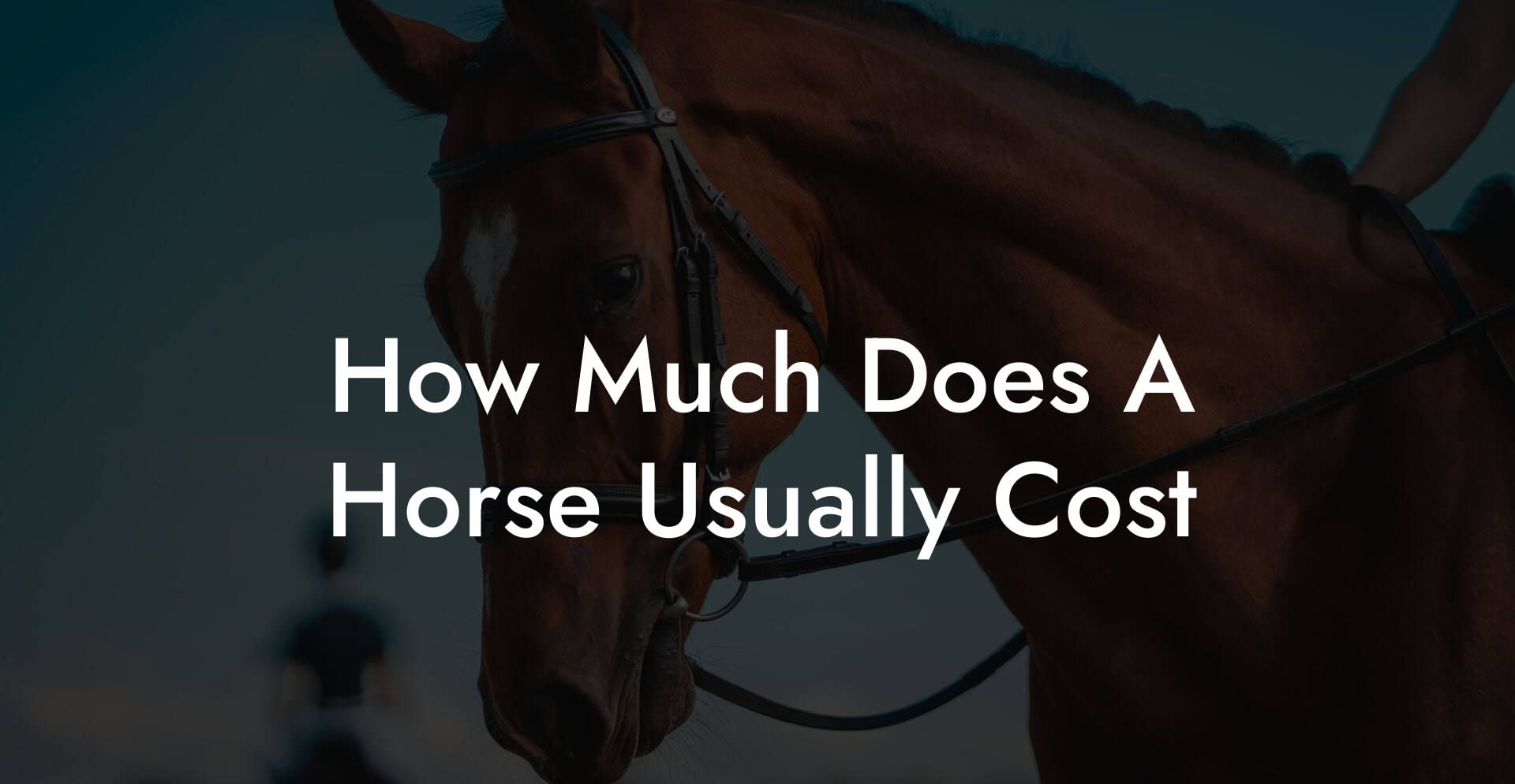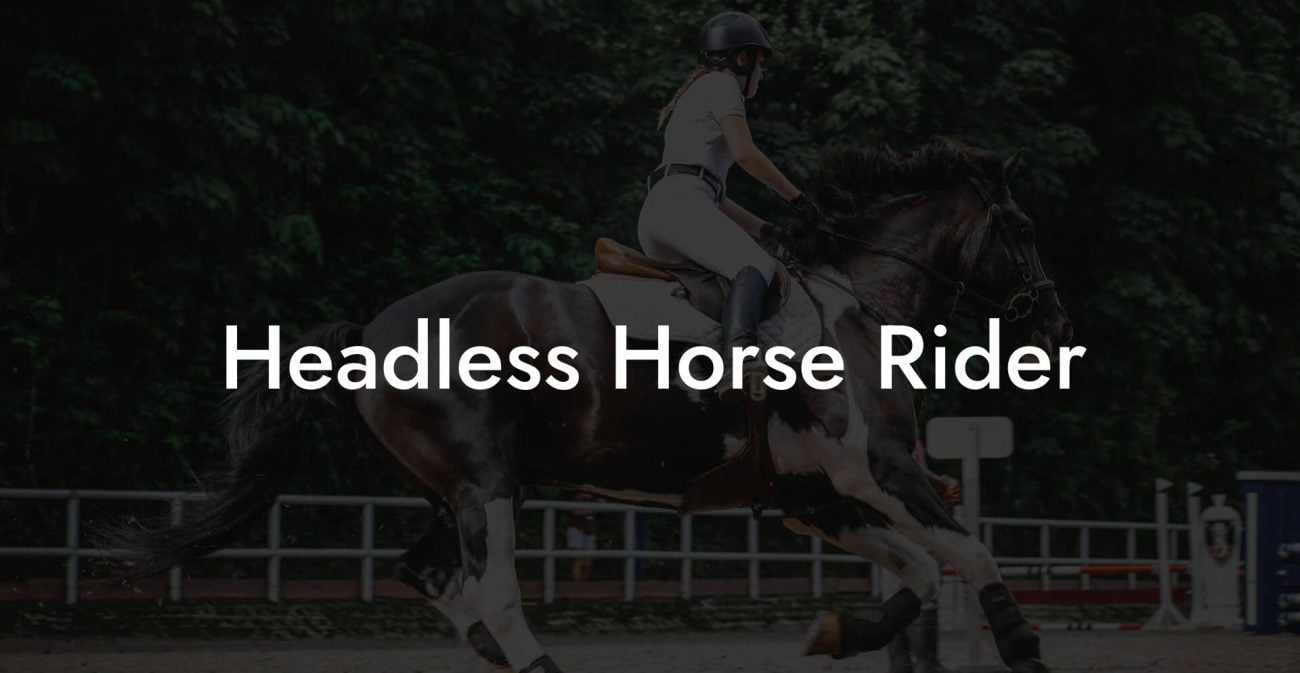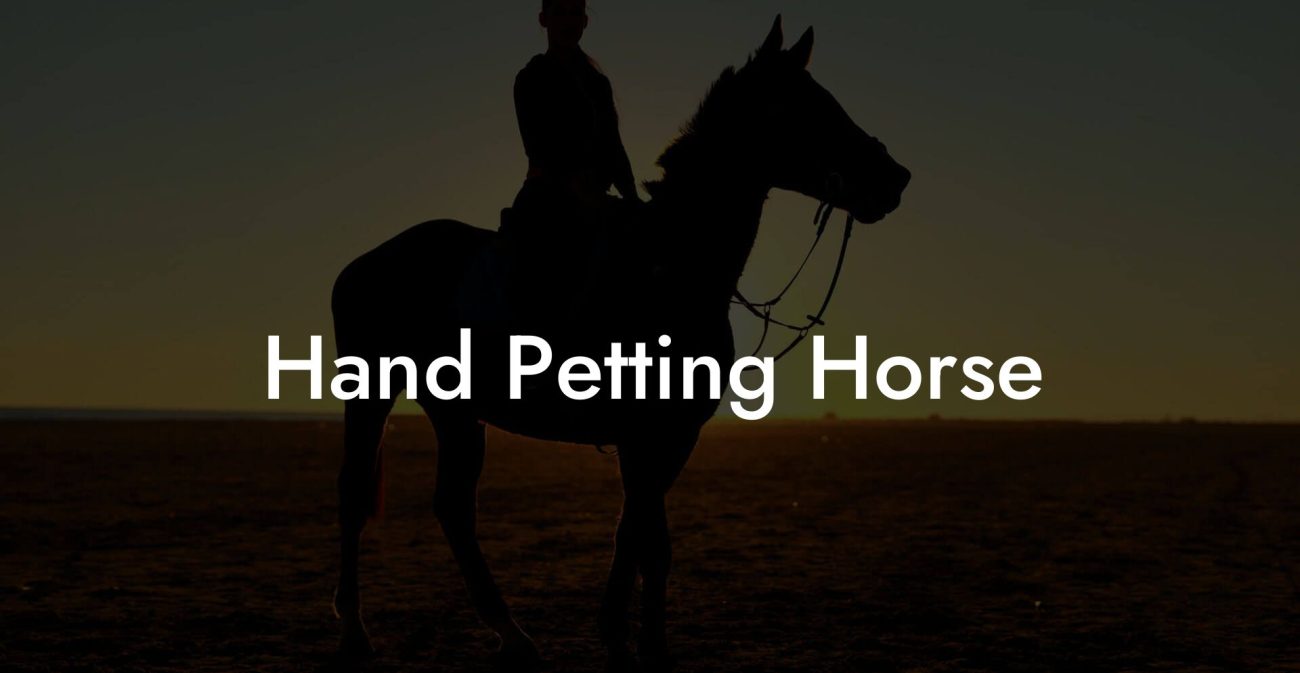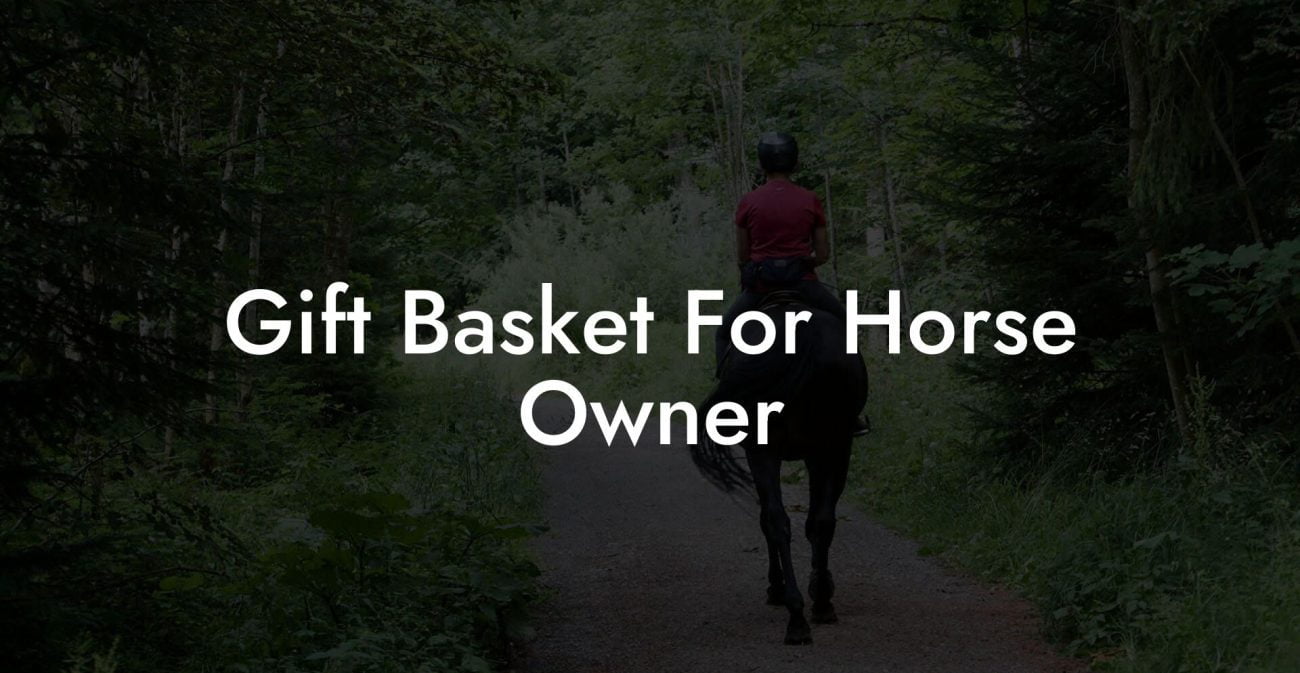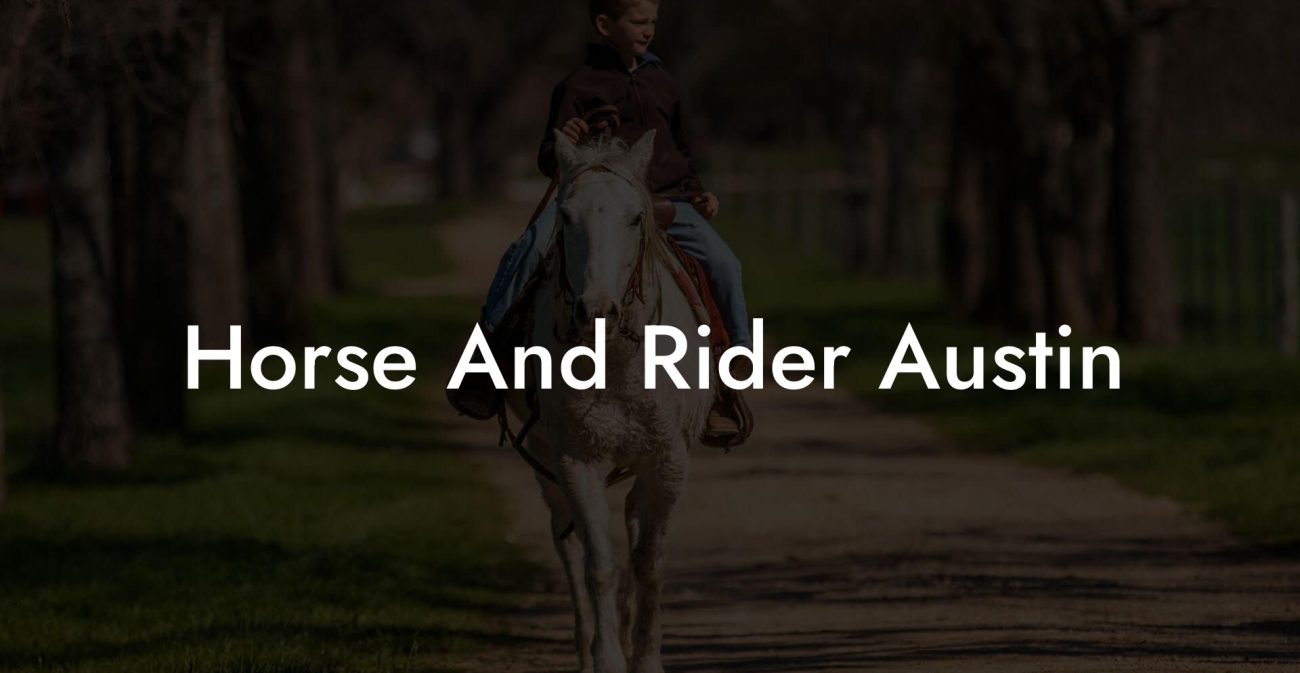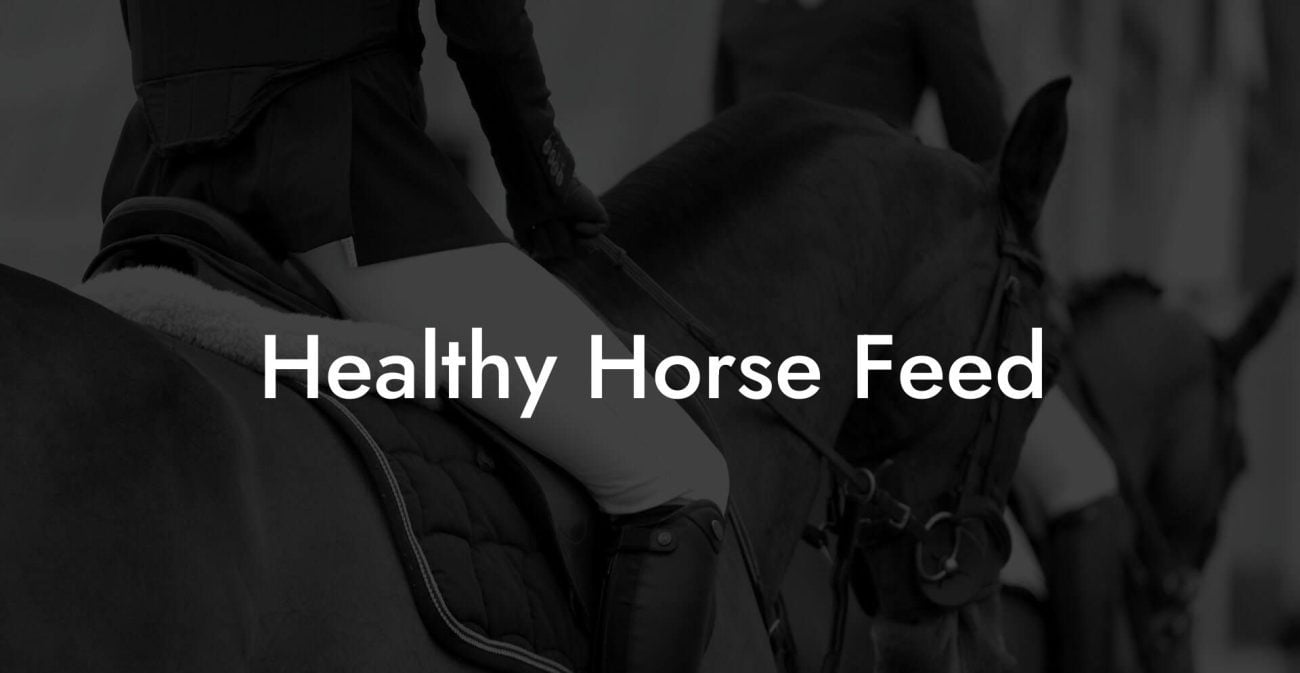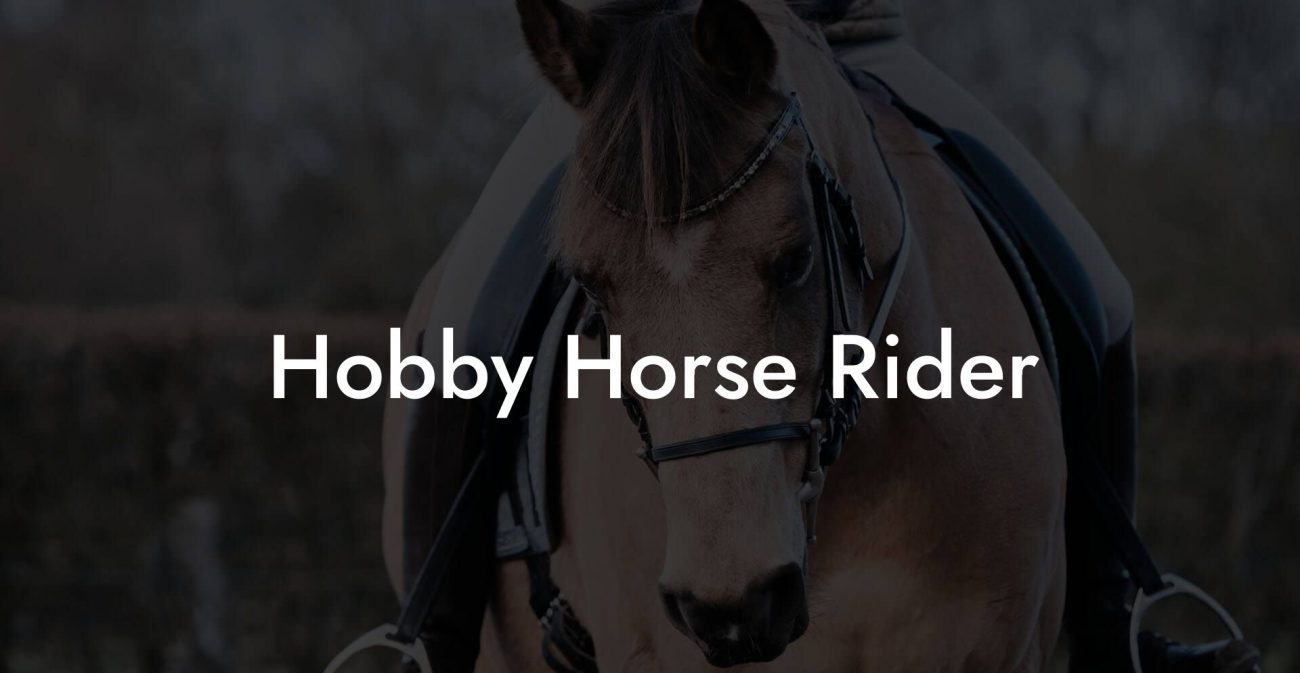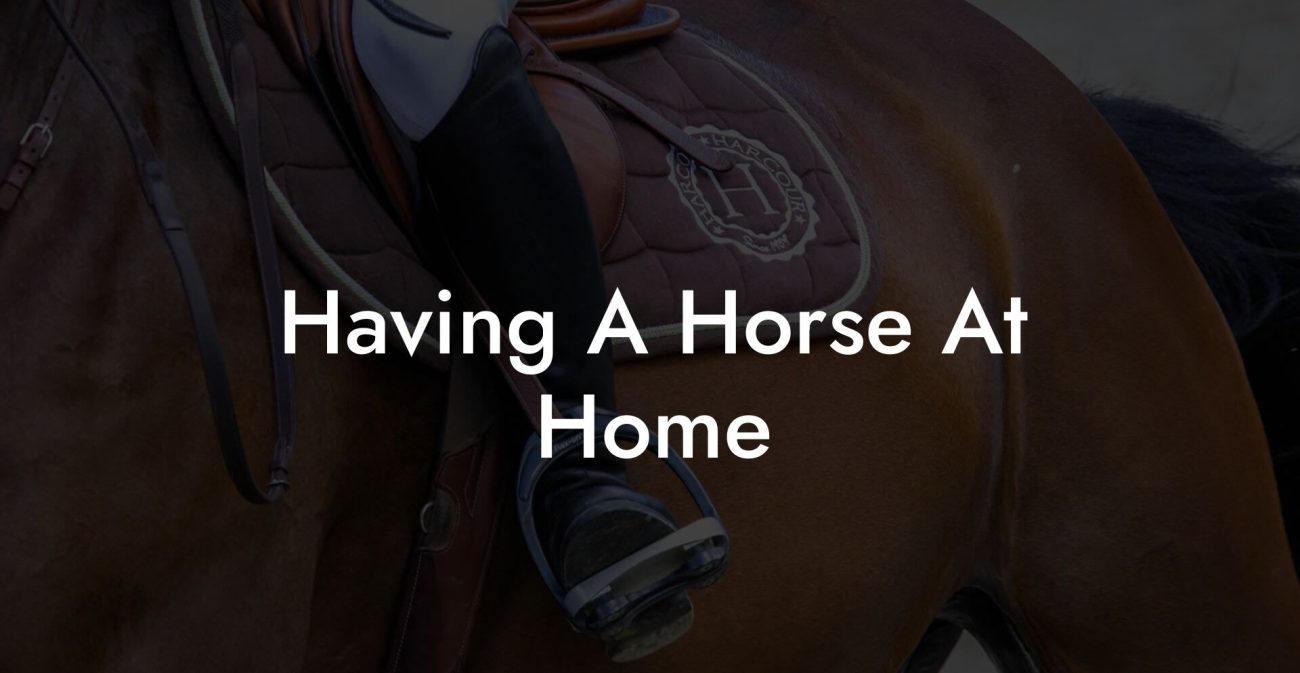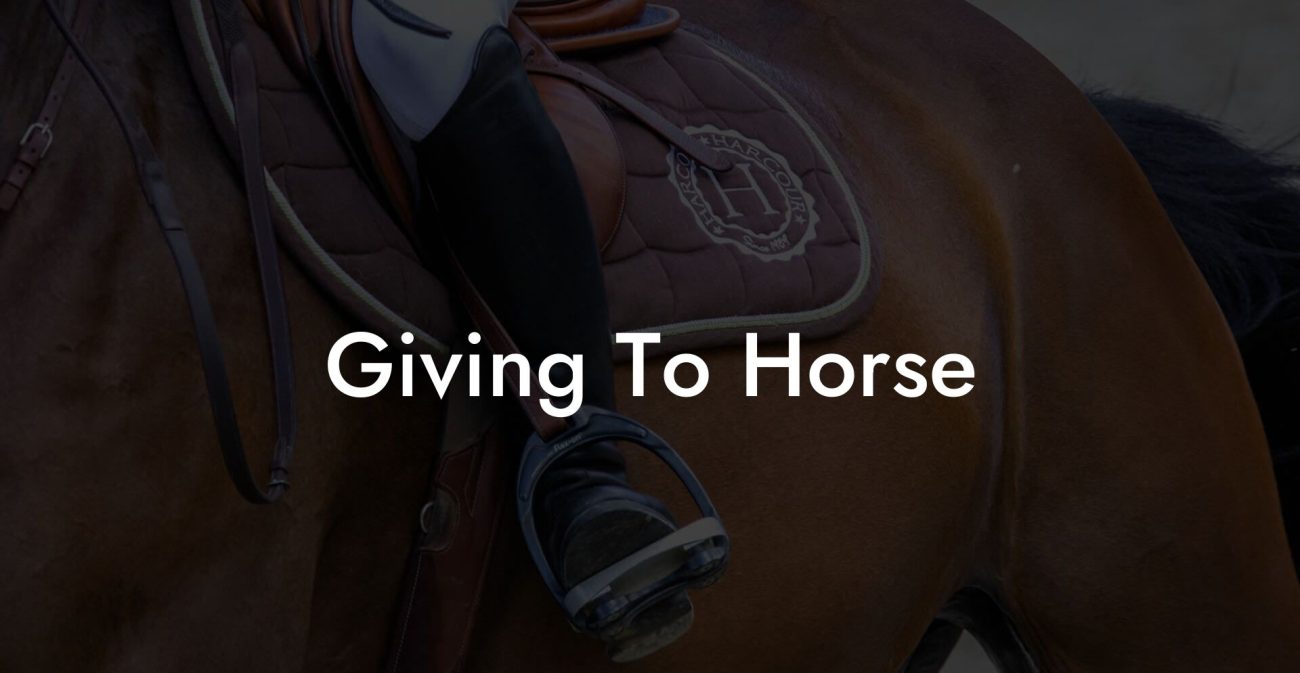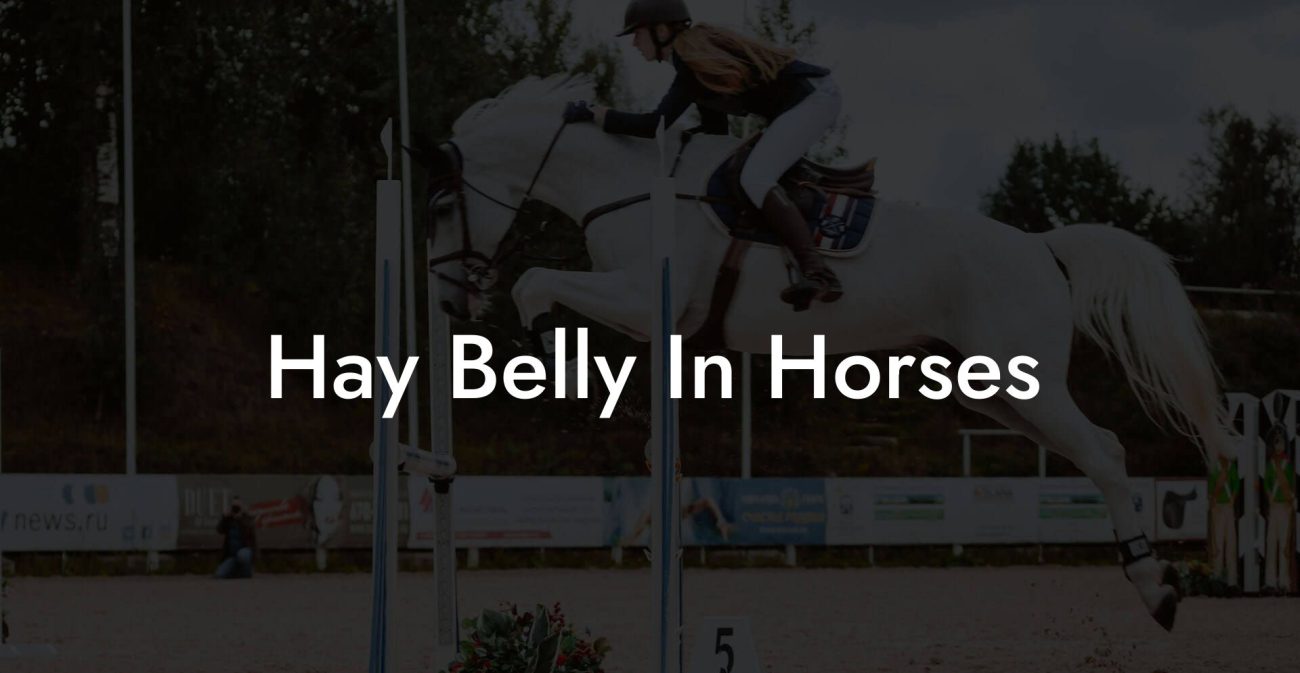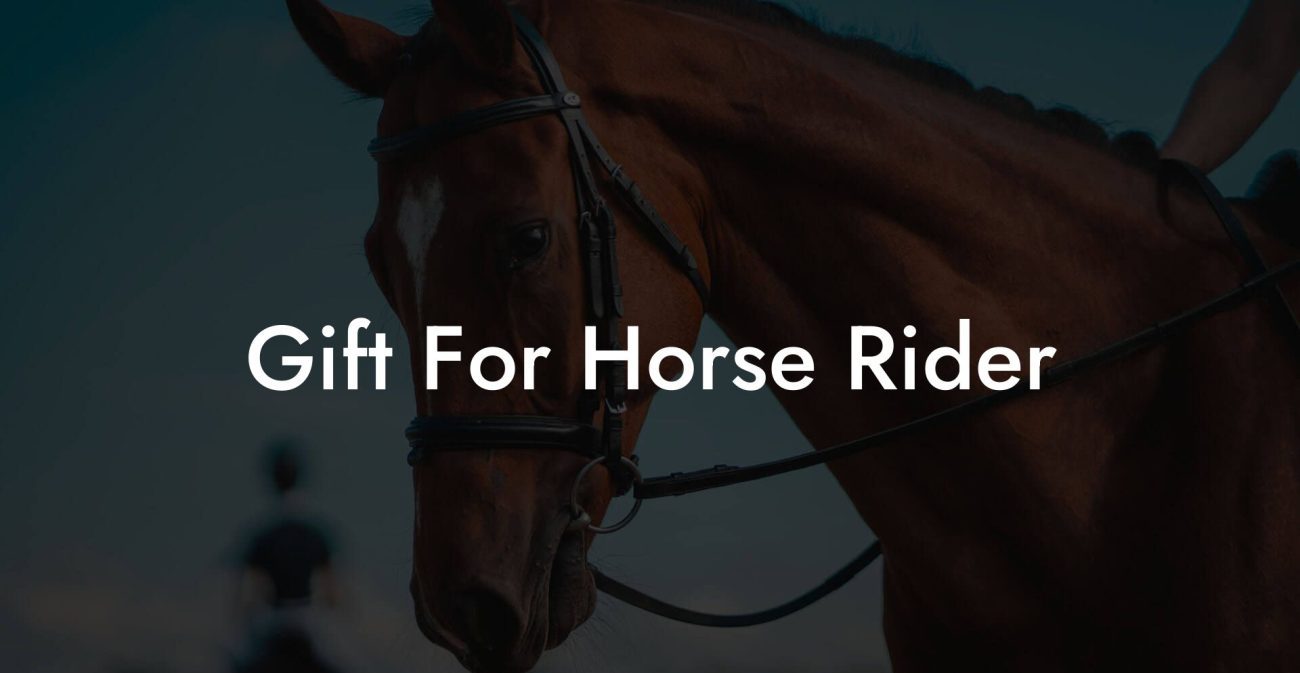Ever found yourself scrolling through endless social media feeds and wondering, “How on earth do I even afford a horse?” Whether you’re daydreaming about riding off into the sunset or seriously considering joining the equine posse, understanding the true cost of owning and caring for a horse is as essential as it is exhilarating. Let’s dive into the nitty-gritty details of “How Much Does A Horse Usually Cost” while keeping it real, engaging, and downright useful for Gen Z and millennial enthusiasts who aren’t afraid to think big about horse dreams.
Quick Links to Useful Sections
- Breaking Down the Price Tag: What’s the Real Cost of a Horse?
- Horse Price Factors: What Determines the Cost?
- Breed and Lineage
- Age and Training
- health, Performance, and Pedigree
- Location, Demand, and Market Trends
- The Ongoing Costs of Horse Ownership
- Boarding and Stable Fees
- Feed and nutrition
- Veterinary and Dental Care
- Farrier and Grooming Services
- Insurance and Miscellaneous Expenses
- Understanding the Different Price Ranges for Various Horses
- Budget Buys: Horses Under $3,000
- Mid-Range Marvels: The $3,000 - $10,000 Category
- High-End Horses: $10,000 and Beyond
- Hidden Costs and Unexpected Expenses in Horse Ownership
- Emergency Veterinary Care
- Specialized Training or Rehab
- Equipment Upgrades and Replacement
- Transportation Costs
- Comparing the Total Cost of Horse Ownership vs. Renting or Leasing
- Leasing a Horse
- Renting a Horse
- How to Budget Like a Pro for Your Equine Adventure
- Research, Research, Research
- Create a Detailed Financial Plan
- Consider Financing Options
- Join Equine Communities
- Real-Life Stories: How Others Made Horse Ownership Work
- Case Study 1: From Dreaming to Doing
- Case Study 2: The Smart Leasing Strategy
- Case Study 3: Overcoming Unexpected Costs
- Expert Tips on horse care: Keeping Your Equine Buddy Thriving
- Quality Feed and Water
- Routine Veterinary and Dental Checkups
- Consistent Exercise and Mental Stimulation
- Safe and Comfortable Living Conditions
- Social and Emotional Care
- Resources and Community Support: Your Next Steps
- Your Path to Equine Adventure: Making an Informed Decision
- Frequently Asked Questions about Horse Costs and Care
- The Final Ride: Embracing Horse Ownership with Confidence
Breaking Down the Price Tag: What’s the Real Cost of a Horse?
The simple answer is: it depends. The cost of buying a horse is like ordering your favorite bubble tea with extra boba, there are a ton of options, ingredients, and customizations. From the breed and age to the level of training and pedigree, many factors come into play when figuring out how much a horse usually costs. In this section, we’ll crack open the treasure chest to reveal the various price points and ongoing expenses associated with horse ownership.
First things first: horses themselves come in a range of prices. On the lower end, you might find a horse for as little as $500 to $2,000, typically older horses with basic training or even rescue horses looking for a fresh start. Mid-range options, which are more common for first-time horse owners, often run between $3,000 and $10,000. Then there’s the high-end horses, which can cost anywhere from $20,000 to a whopping $100,000 or more, particularly if they’re of a renowned breed, have been trained for show jumping, or boast a champion pedigree.
But wait, getting a horse is just the beginning. Owning one means you also need to budget for all the extra costs that will keep them happy and healthy. These include stable fees, feed, veterinary care, farrier services, insurance, and even training updates. Remember: a horse isn’t just a pet; it’s a lifestyle.
Horse Price Factors: What Determines the Cost?
When considering purchasing a horse, it’s important to understand that the price largely depends on a combination of factors that can make or break your wallet. Here’s a breakdown of the key influencers:
Breed and Lineage
Just like designer sneakers or limited-edition vinyl, the breed and bloodlines of a horse can significantly impact its price. Horses known for their athleticism, such as Thoroughbreds, Arabians, or Quarter Horses, tend to command higher prices. Meanwhile, working breeds or those with less storied ancestries might be more budget-friendly.
Age and Training
A well-trained, young horse that’s ready to ride can be a real gem, and it typically costs more than an older, untrained horse. Younger horses with promise, but who may require extra training and refinement, present an investment in potential rather than perfection. On the flip side, older horses that are already trained or retired from competitive careers might be cheaper but could come with their own set of aging challenges.
health, Performance, and Pedigree
A horse’s health record, past performance in competitions, and pedigree history are akin to the fine details on a luxury watch. Horses with a history of stellar performance or significant winnings can carry a hefty price tag. Additionally, if the horse has been vetted thoroughly, boasts excellent health, and comes from a reputable bloodline, be prepared to pay a premium.
Location, Demand, and Market Trends
Ever notice how real estate prices fluctuate based on location? The same applies to horses. Horse prices can vary widely based on geographic area, with supply and demand playing crucial roles. A horse located in a region with a vibrant equestrian community might be priced higher compared to similar horses in less competitive markets.
When shopping for a horse, always consider these factors. They’re key in understanding whether you’re looking at a bargain, a fair deal, or possibly an overinflated price tag.
The Ongoing Costs of Horse Ownership
Purchasing a horse is just the tip of the iceberg. Once you’ve snagged your equine companion, the real financial journey begins with the recurring upkeep expenses. Let’s break these down:
Boarding and Stable Fees
If you don’t have the luxury of your own land, boarding your horse at a stable is the next big line item in your horse-care budget. Monthly boarding fees can vary immensely, anywhere from a couple hundred to over a thousand dollars per month, depending on the amenities. Facilities providing individual stalls, turnout, exercise areas, feeding programs, and grooming services come at a premium.
Feed and nutrition
Horses are notorious for their appetites, and their nutritional needs are no joke. The cost of feed depends on the quality, type, and local availability. Horses typically require a mix of hay, grains, and supplements to maintain optimal health. Expect to pay several hundred dollars a month, and remember that dietary changes or specialized feed for performance horses can bump up these costs.
Veterinary and Dental Care
Regular health check-ups, vaccinations, dental care, and emergency visits are essential to keep your horse in tip-top shape. Annual healthcare expenses easily add up to anywhere from $1,000 to $4,000 per horse. If your horse is a competitive athlete or has chronic conditions, these costs can be even higher.
Farrier and Grooming Services
The magic of equine hoof care is performed by farriers, experts who trim hooves and fit horseshoes. Most horses require farrier visits every 6-8 weeks, which can run around $30 to $100 per visit depending on your location and the services provided. Similar expenses apply to regular grooming sessions to keep that mane sleek and tail shiny.
Insurance and Miscellaneous Expenses
Consider horse insurance to cover potential injury or theft, as well as additional costs like training updates, equipment (saddles, bridles, etc.), transport, and participation in competitions or shows. These extras can vary dramatically but are a must-include in your long-term financial planning.
In summary, while the upfront cost of purchasing a horse is exciting, don’t overlook the continual investment needed to care for your four-legged friend. Budgeting for all these expenses upfront will ensure that your equine adventure remains as stress-free as it is enchanting.
Understanding the Different Price Ranges for Various Horses
Not all horses are created equal, there’s a world of diversity out there, and each type comes with its own price tag. Here’s a closer look at some of the main categories:
Budget Buys: Horses Under $3,000
These horses are usually older, have more miles on the clock, or might come from rescue situations. While they might not be show-stoppers, they offer a wonderful entry point into horse ownership, especially for those looking to experience the joys of riding without breaking the bank.
Mid-Range Marvels: The $3,000 - $10,000 Category
Often, these horses are younger, possess basic training, and may have potential that’s waiting to be unlocked with the right guidance. This range is popular among aspiring riders and hobbyists who seek a balance between cost and capability.
High-End Horses: $10,000 and Beyond
For those with serious aspirations, be it competitive riding, breeding, or simply a love for well-bred, well-trained specimens, expect to see price tags well above $10,000. These horses often come with proven track records, show titles, specialized training, and excellent pedigrees.
Each horse is unique, so remember that the price is a reflection of its background, promise, and potential. Whether you’re picking up a cherished companion at a lower price or investing in the next equine superstar, the world of horses has something for every budget.
Hidden Costs and Unexpected Expenses in Horse Ownership
Even the savviest equestrian fans can be caught off guard by the sneaky, recurring expenses of horse ownership. Here are some common hidden costs that every horse owner should be aware of:
Emergency Veterinary Care
Accidents happen, no matter how carefully you plan. Whether it’s a sudden injury or an unexpected illness, emergency vet care can become a significant and unpredictable financial burden. It’s crucial to have an emergency fund or insurance that covers urgent medical interventions.
Specialized Training or Rehab
Sometimes, your beloved horse might need extra training or rehabilitation due to injury, behavioral issues, or a need to improve performance. This additional training, especially if done with a renowned specialist, can add a nice dent to your budget.
Equipment Upgrades and Replacement
Horses require quality equipment to ensure both their safety and your style credentials. Saddles, bridles, halters, and even stable machinery can become costly over time. Regular wear and tear means that periodic upgrades or repairs are part of the package.
Transportation Costs
Whether you’re planning to compete in shows, trail rides, or just a weekend visit to a friend’s farm, transporting a horse safely requires specialized vehicles or trailers. Maintaining and sometimes renting a trailer adds yet another layer to your expenses.
When budgeting for your horse, it’s wise to factor in that these hidden expenses can add up quickly. Having a comprehensive awareness of all potential costs will help you make a more informed decision about whether now is the right time to invest in horse ownership.
Comparing the Total Cost of Horse Ownership vs. Renting or Leasing
If owning a horse seems daunting from a financial perspective, you’re not alone. Many aspiring equestrians, especially younger enthusiasts who may have limited finances, opt to lease or rent a horse instead. Here’s a look at how these options compare:
Leasing a Horse
Leasing a horse typically involves paying a monthly fee for riding rights while the owner retains legal ownership. This option allows you to enjoy many benefits of horse companionship, without shouldering all the expenses associated with outright ownership. Leasing agreements can range from a few hundred to over a thousand dollars per month depending on the arrangement and the horse’s capabilities.
Renting a Horse
Renting is perhaps the most flexible option, offering short-term access for riding lessons, trail rides, or even weekend escapades. Rental fees vary widely by location, type of horse, and length of rental, but they are generally a fraction of the cost of ownership. This approach is perfect for those testing the waters before taking the plunge.
When comparing these options, consider your long-term commitment, your riding goals, and your financial flexibility. While leasing and renting can significantly reduce upfront costs, they may not offer the same deeper connection and potential equity benefits that come with long-term ownership.
How to Budget Like a Pro for Your Equine Adventure
Whether you’re ready to buy your dream horse or want to dip your toes into leasing, having a robust budget can make all the difference. Here are some savvy budgeting tips to ensure you’re prepared for the financial ride ahead:
Research, Research, Research
Knowledge is power, especially when it comes to horse pricing. Spend time researching local listings, visiting stables, and talking to experienced riders. The more you know, the better you can negotiate a fair price and avoid unexpected costs.
Create a Detailed Financial Plan
Break down your expected expenses into categories such as purchase price, boarding, feed, healthcare, and maintenance. Don’t forget to include emergency funds and miscellaneous expenses that may pop up during the year.
Consider Financing Options
For many, purchasing a horse outright might feel like a leap too far. Look into financing options that can spread the cost over a manageable period of time. Just be mindful of interest rates and the long-term financial commitment involved.
Join Equine Communities
There’s a huge online and local community of horse enthusiasts who can offer advice, share budgeting strategies, and even recommend trusted vendors. Forums, social media groups, and equestrian clubs can be invaluable resources for practical tips and cost-saving hacks.
Budgeting for a horse isn’t just about crunching numbers; it’s about planning for every twist and turn along your equine journey. With the right financial strategy in place, owning or leasing a horse can become a sustainable and immensely rewarding adventure.
Real-Life Stories: How Others Made Horse Ownership Work
Nothing inspires confidence quite like real-life success stories. Across the country, countless riders have navigated the financial maze of horse ownership and come out stronger, and with a few amazing stories to boot. Let’s check out a couple of narratives that capture the spirit of what it means to invest in your equine passion.
Case Study 1: From Dreaming to Doing
Sarah, a young graphic designer by day and a horse enthusiast by night, always dreamed of having her own horse. With a modest budget, she started by leasing a well-trained Quarter Horse. By setting aside funds each month and leveraging community advice on budgeting, Sarah eventually saved enough to purchase her beloved horse outright. Today, she credits her financial discipline and the support of her equine community for making her dream a reality.
Case Study 2: The Smart Leasing Strategy
James, a university student with a passion for horseback riding, opted for a leasing arrangement that allowed him to ride regularly without the overwhelming initial expense of ownership. By carefully planning his monthly finances and receiving tips from local riders, he maintained an affordable lease while still enjoying the high-grade experiences of competitive riding. His story illustrates that with the right strategy, leasing can serve as a launchpad into the world of horses.
Case Study 3: Overcoming Unexpected Costs
Maria’s journey wasn’t always smooth, she encountered unexpected veterinary expenses and a few costly equipment upgrades along the way. However, she learned to adapt by building a robust emergency fund and seeking community support. Today, she’s an advocate for realistic budgeting, emphasizing that preparation is key when venturing into horse ownership.
These stories remind us that while the journey may be challenging, the rewards of horse ownership, whether through leasing, renting, or buying, are well worth the effort. Your equine adventure is uniquely yours, and with smart strategies and community support, you too can make it work.
Expert Tips on horse care: Keeping Your Equine Buddy Thriving
Owning a horse is about more than just the price tag, it’s about creating a supportive and loving environment for your majestic companion. Here are some expert tips to ensure your horse remains happy, healthy, and full of life:
Quality Feed and Water
Invest in high-quality, nutrient-rich feed. Horses thrive on a balanced diet consisting of good hay, grains, and necessary supplements. Always ensure that your horse has access to clean, fresh water, as hydration is crucial for digestion and overall health.
Routine Veterinary and Dental Checkups
Regular visits to the vet and farrier are essential. Schedule annual check-ups and be proactive about dental care to prevent discomfort and ensure your horse’s longevity.
Consistent Exercise and Mental Stimulation
Whether it’s trail riding or arena work, regular exercise keeps muscles toned and joints limber. Additionally, incorporate mental stimulation through interactive training sessions and variety in routines to keep your horse engaged.
Safe and Comfortable Living Conditions
A clean, well-maintained stable and secure pasture go a long way. Regularly inspect your horse’s living environment to prevent injuries and create a space that’s conducive to recovery and rest.
Social and Emotional Care
Horses are highly social animals. Whether you have more than one horse or spend ample time interacting with your equine friend, fostering a sense of community is essential. Equally important is respecting and understanding your horse’s unique personality.
Think of these care tips as the secret sauce for a thriving equine lifestyle. With the right blend of dietary care, regular check-ups, exercise routines, and lots of love, you’ll ensure that your horse not only survives, it truly thrives.
Resources and Community Support: Your Next Steps
If you’re pumped about starting your equestrian journey, remember that you’re not alone. There are countless online forums, local clubs, and social media groups where horse enthusiasts, from seasoned owners to curious newbies, share their experiences, advice, and support.
Here are some resources to consider:
- Equestrian Forums and Blogs: Websites like The Horse Forum and Equine World provide a wealth of information on both the costs and day-to-day care of horses.
- Social Media Groups: Join Facebook groups, follow Instagram equestrian accounts, and participate in TikTok trends to stay up-to-date with the latest horse care tips and budget hacks.
- Local Riding Clubs and Stables: These organizations often host workshops, clinics, and social rides that can help you learn more about the practical aspects of horse ownership and connect you with local experts.
- Financial Planning Blogs: Look for personal finance blogs that focus on unique hobbies like horse ownership. They offer insights into budgeting, saving, and managing the unexpected costs that come with the territory.
Engaging with these communities not only bolsters your knowledge but also connects you with people who share the same passion and can offer guidance and support as you navigate the financial and emotional journey of horse ownership.
Ready to take the next step? Whether it’s visiting a local stable, chatting online with a seasoned owner, or even attending an equestrian event, these resources can jumpstart your journey toward a fulfilling and financially-savvy equine lifestyle.
Your Path to Equine Adventure: Making an Informed Decision
Deciding to invest in a horse is both an exciting leap and a thoughtful commitment. It’s about merging your passion with a practical approach that covers every aspect from the initial purchase price to ongoing care and hidden costs. Delve into the details provided above and assess your financial readiness, lifestyle compatibility, and long-term equestrian dreams.
Remember, owning a horse is not just a financial decision, it’s a lifestyle choice that enriches the soul, offering endless opportunities for personal growth, adventure, and connection. With careful planning, savvy budgeting, and a bit of community wisdom, you can navigate the challenges and joys of horse ownership with flair.
So, if you’re ready to combine your love for horses with a well-informed financial strategy, then trust in your research and take that confident step forward. The equine world is waiting to welcome you with open arms, and maybe a playful nudge from your next four-legged best friend.
Frequently Asked Questions about Horse Costs and Care
Here are some of the most common questions that horse enthusiasts like you ask when navigating the world of horse pricing and care:
1. How much does a typical horse cost?
The cost of a horse can vary widely, from as little as $500 for an older or rescue horse to over $100,000 for a high-performance or show-quality horse. Most first-time owners typically spend between $3,000 and $10,000.
2. What factors influence the price of a horse?
Breed, age, training level, pedigree, and regional demand are some of the primary factors that determine a horse’s price. Health history and performance records can also play significant roles.
3. What are the ongoing costs of owning a horse?
Beyond the purchase price, ongoing costs include boarding, feed, veterinary care, farrier services, insurance, equipment maintenance, and emergency expenses. It’s important to budget for regular care and unexpected costs.
4. Is leasing or renting a horse a good alternative?
Yes, leasing or renting a horse is a viable option for those who aren’t ready for full ownership. These alternatives allow you to enjoy riding without the commitment of full-time care and the associated financial burden.
5. How can I budget effectively for horse ownership?
Research local prices, create a detailed financial plan that covers both upfront and recurring expenses, set aside emergency funds, and consider joining equestrian communities for practical advice and cost-saving tips.
6. What additional tips can help me manage horse care costs?
Regular maintenance, preventive veterinary care, joining local clubs, and negotiating bulk rates for feed or farrier services can all help manage ongoing costs. Always plan ahead for emergencies and unexpected expenses.
The Final Ride: Embracing Horse Ownership with Confidence
Owning a horse is one of the most rewarding adventures you can embark upon. It’s about embracing the challenges, celebrating every little victory, and building a relationship with an animal that’s as majestic as it is unpredictable. While the cost of owning or leasing a horse is a significant consideration, the joy, empowerment, and community that come with it are priceless.
Whether you’re in the market for your first horse, weighing your options between buying, leasing, or renting, or simply looking to understand the financial commitment behind the dream, this comprehensive guide has got you covered. From the upfront costs and hidden expenses to invaluable tips on budgeting and care, every piece of the puzzle fits into the larger picture of a fulfilling equine lifestyle.
With careful planning, a passion for adventure, and a love for all things horse-related, you’re well on your way to making an informed, confident decision. Saddle up, take the reins of your financial planning, and charge into a future filled with memorable rides, new friendships, and countless stories waiting to be written.
Your journey into the world of horses is just beginning. Embrace it with all the enthusiasm and commitment of a true equestrian, and remember, the rewards extend far beyond the monetary cost.

